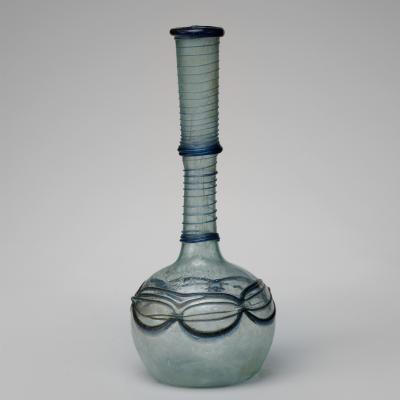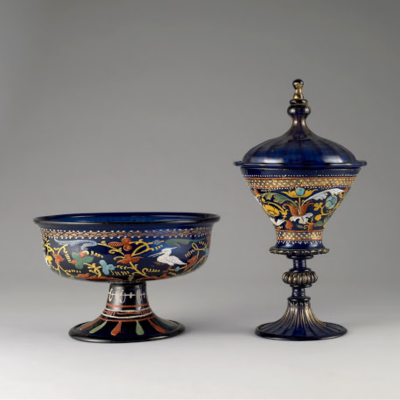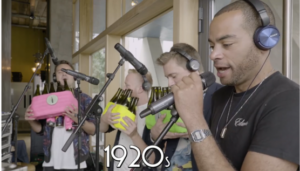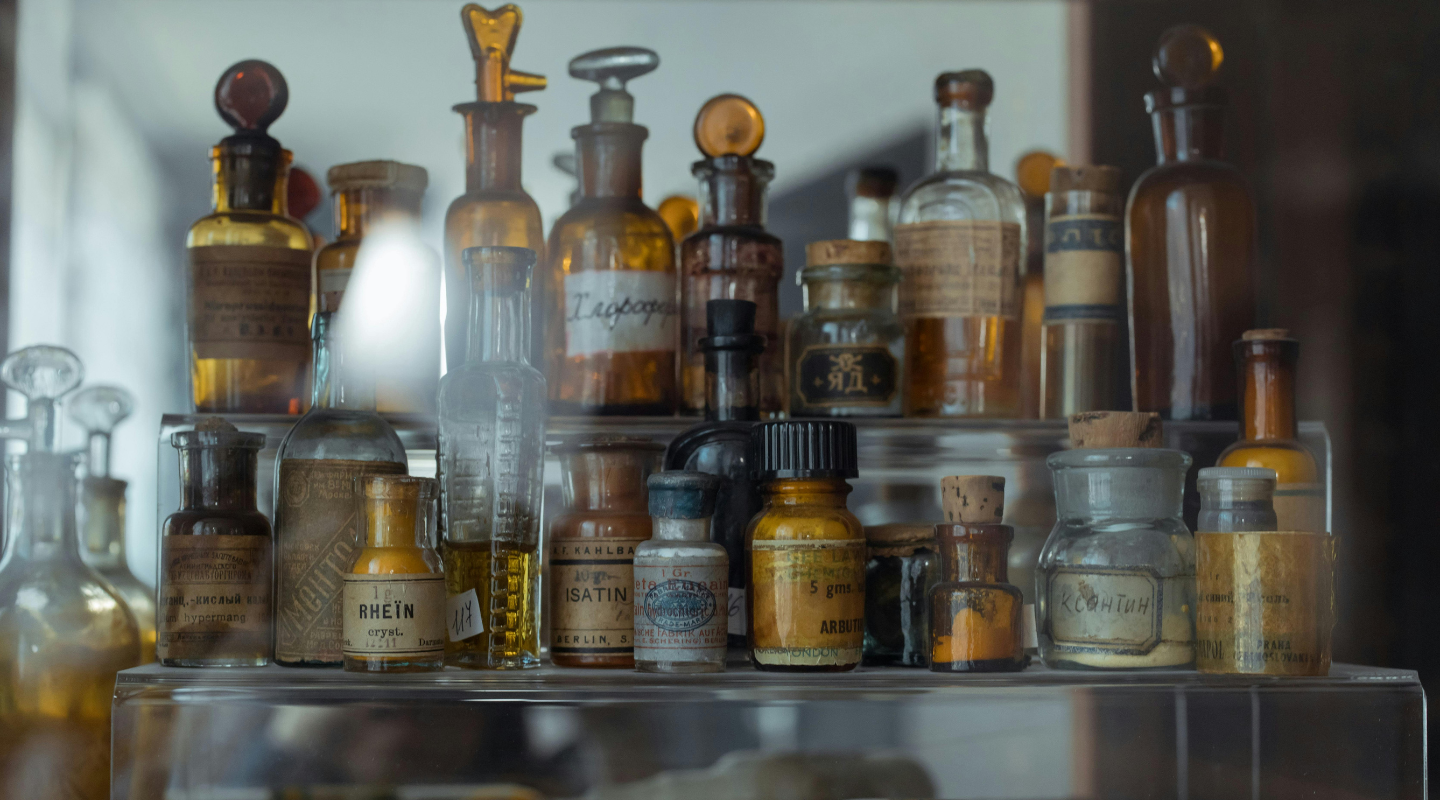Join us on a journey through time to uncover the rich tapestry of history woven by the ancient origins of glassmaking.
When was glass invented?
Discover the fascinating origins of glassmaking, dating back to ancient civilizations in Mesopotamia and Egypt around 4000 BCE. From ornate vessels to intricate religious artifacts, the artistry of ancient glass speaks volumes about the ingenuity and craftsmanship of our forebearers. So who really invented it?
Unveiling the origins – all the way back to 4000 BC
The story begins in 4000BC, when archaeologists have found early historical evidence of manmade glass, although it was not until around 1500BC that the first hollow containers were made by covering a sand core with a layer of molten glass, so it could take on a shape to store produce. Ingenious techniques employed by early artisans, including core-forming and mosaic glasswork, laid the groundwork for expanding production. The Romans revolutionized production with the invention of glassblowing around the 1st century BCE, expanding use of vessels.
Take olive oil: it’s a great example of how glassmaking and cultural history come together. From Ancient Greece to modern day Europe, containers have always been a key element of olive oil production and consumption. As Greek influence spread across Europe, so did olive oil exports. First stored in elegant amphorae, oil needed a new container better suited to travelling, and robust, hygienic glass demijohn bottles proved to be the perfect choice.

Decorations take centre stage in the Islamic Golden Age
During the Islamic Golden Age, which lasted from the 8th to the 13th century, glassmaking flourished, particularly in regions like Syria, Egypt, and Persia. Islamic artisans refined their techniques and introduced intricate decorative styles, such as lusterware and enamelling. These designs combined inspiration from Roman methods with local ingredients found in nature, and included vibrant colours and delicate enamel and gilded features.

Venetian glass mastery – the Renaissance period
Stepping over to Italy, Venice emerged as a leading centre of glassmaking from the 13th century onwards thanks to its role as a major centre of trade and commerce across Europe, the Middle East and Asia. Venetian artisans perfected techniques such as cristallo (clear glass) production and filigree glasswork, establishing Venice as a hub of artistic and technological innovation. Wealthy patrons, such as King Louis XIV of France and Queen Elizabeth I of England, commissioned glassmakers to create elaborate and decorative pieces for both practical and ornamental purposes, further fuelling the industry’s growth. By the early 1600s, the Venetian craft had gained widespread acclaim across the Old World – although Venetian authorities kept the exact process a closely-guarded secret for most of its history.
The origins of industrial glassmaking – from Appert’s revolutionary discovery to advances of the Industrial Revolution
Next up, Nicolas Appert’s discovery of preserving sauce in glass marked a pivotal moment in the history of food preservation. In 1809, Appert developed a revolutionary method for sealing food in jars and subjecting them to heat, effectively sterilizing the contents and preventing spoilage. The sealed containers provided an airtight environment that stopped growth of microorganisms, so that perishable foods like sauces could be preserved for extended periods without refrigeration. Appert’s innovative technique not only transformed the food industry by enabling the long-term storage and transportation of perishable goods but also laid the foundation for modern methods of food preservation, including canning and pasteurization.
The next big innovation in history was to happen in Britain during the Industrial Revolution, when in 1886, Howard Ashley of Castleford, Yorkshire created a semi-autonomous machine capable of producing 200 bottles per hour, an incredible feat which tripled the speed of production in his factory. The innovation didn’t stop there, because 20 years later in 1903, Michael Owens of Illinois, USA created a fully automated machine capable of producing 2500 bottles per hour – a previously unimaginable feat. Since the invention of industrial glassmaking, it’s been up and up for our favourite drinks, bottles of sauce and jars of preserves, which have ended up in the homes of millions if not billions of people.

Celebrating history and innovation in the International Year of Glass
As an ancient material with a rich cultural heritage, bottles and jars have played a central role in our society for thousands of years. And they continue to be versatile, recyclable and continually innovated. That’s why 2022 was officially declared the UN International Year of Glass – to celebrate its extraordinary benefits for businesses and consumers alike.
And into the future! What does the future of glass look like?
In recent decades, production has continued to evolve with advancements in materials science and technology that aim to make bottles and jars stronger and reduce the environmental impact of production. New innovations such as hybrid furnaces using more renewable energy, lighter weight bottles, and more robust containers are all setting container manufacturing up to continue to deliver reliable packaging that we love, long into the future.
New organisations like the Association for the History of Glass (UK), museums like Corning Museum of Glass (US) and The Glasmuseum Hentrich (Germany), and academic research groups like the International Commission on Glass have all emerged to continue documenting, studying, and preserving the history and cultural heritage of glass, so that that the legacy of glassmaking endures for generations to come.
Related posts




